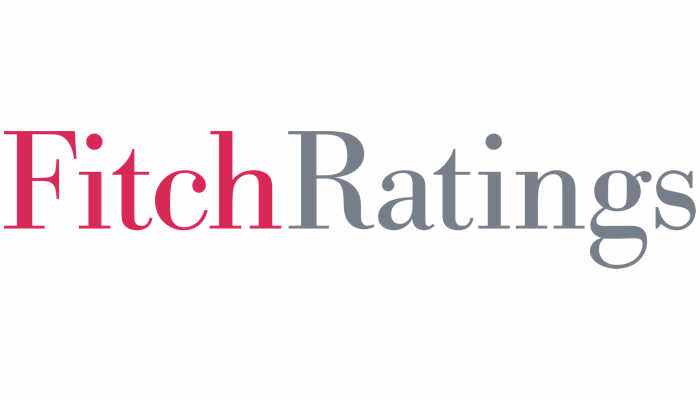The Korean Insurance Capital Standard (K-ICS) continues to exert a profound influence on South Korean insurers’ operational strategies, as they endeavour to optimise capital efficiency and reinforce solvency adequacy, reports Fitch Ratings.
 The introduction of K-ICS in 2023 has sparked varying impacts on the solvency strength of Korean insurers, contingent on their distinctive capital structures and risk profiles. While the framework’s full integration remains underway for many insurers, strategic adjustments are already evident.
The introduction of K-ICS in 2023 has sparked varying impacts on the solvency strength of Korean insurers, contingent on their distinctive capital structures and risk profiles. While the framework’s full integration remains underway for many insurers, strategic adjustments are already evident.
In the transition phase, insurers are expected to iteratively fine-tune their business compositions and investment strategies to align with the evolving K-ICS landscape. This adaptive approach aims to achieve the optimal level of required capital.
To bolster available capital, insurers are considering methods such as equity injections, issuance of capital supplementary bonds, and leveraging reinsurance, including co-insurance arrangements, as viable options for effective capital management.
K-ICS was introduced concurrently with the adoption of IFRS 17. A pivotal departure from the prior risk-based capital regime (RBC) lies in K-ICS’s mandate for marked-to-market valuations encompassing both assets and liabilities.
The framework introduces enhanced granularity in risk categorisation, including longevity, surrender, expense, and catastrophe risks – aspects not comprehensively covered by the preceding RBC regime. Furthermore, K-ICS elevates the confidence level for calibrating the regulatory capital framework from 99% to 99.5%.
To ensure a smooth transition, regulators have granted insurers a maximum of 10 years to implement transitional measures aligned with four categories: insurance risk, equity risk, interest risk, and available capital.
Insurers can deploy measures within these categories based on their unique capital conditions, thus facilitating a phased assimilation of the K-ICS framework.
The recent data from the regulatory body indicates that 19 insurers, among the 53 operating in the market, have adopted transitional measures by the end of March 2023. This group comprises 12 life insurers, 6 non-life insurers, and one reinsurance company.
The unadjusted average K-ICS ratio stood at 192.7% as of Q1 2023, spanning from -0.6% to 359.7%. Notably, some life insurers’ K-ICS ratios dipped below the 100% regulatory minimum sans the transitional measures.
This primarily resulted from reduced available capital under the new regime and relatively modest contractual service margins. However, the introduction of transitional measures elevated the average K-ICS ratio to a more secure 219.5% for life insurers.
Anticipating the gradual rise in required capital during the transition period, insurers that have embraced the transitional measures are expected to continually recalibrate their operational strategies.
This adaptability is especially pertinent for smaller and medium-sized life insurers contending with limited contractual service margins and challenges in fortifying available capital through equity or subordinated debt avenues.


